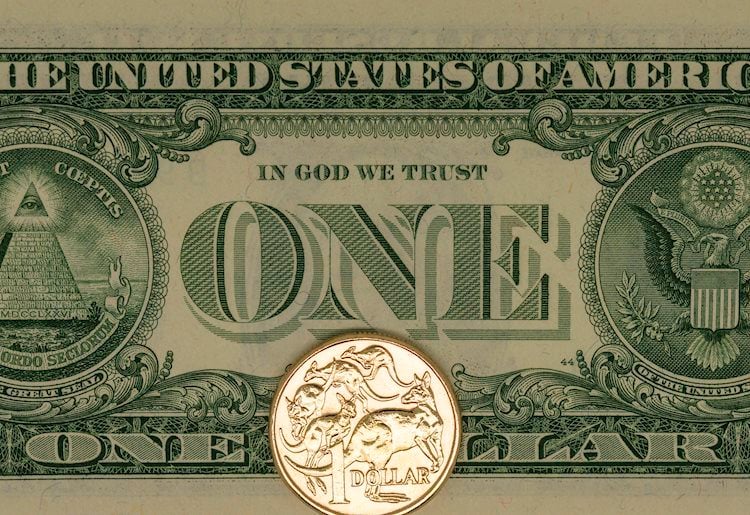China accounts for one-third of Australian exports, with 20% of the Australian workforce in trade-related jobs. Improving trade terms could influence job creation and wage growth. Upward trends in wage growth may fuel consumer spending and demand-driven inflation. The net effect could be a more hawkish RBA rate path to raise borrowing costs and reduce disposable income.
The Chinese economy is a consideration for the RBA. In the March press conference, RBA Governor Michele Bullock affirmed that the forecasts considered the effects of a weaker Chinese economy.
While economists expect the PBoC to leave the LPRs unchanged, the markets await a fiscal stimulus package from Beijing. A meaningful stimulus package from Beijing could have more impact on buyer demand for the Aussie dollar than further PBoC measures. Therefore, investors should also monitor stimulus chatter from Beijing.
The Chicago Fed National Activity Index (CFNAI) will draw investor attention on Monday. The Index has 85 components, reflecting economic activity and inflationary pressures.
Economists forecast the CFNAI to increase from 0.05 to 0.09. Better-than-expected numbers would support expectations the US could avoid a recession. Moreover, an uptrend in the CFNAI may further reduce investor bets on multiple 2024 Fed rate cuts.
Recent US economic indicators, including inflation and retail sales, have sunk bets on a June Fed rate cut. The numbers also reduced expectations of a September Fed rate cut.





